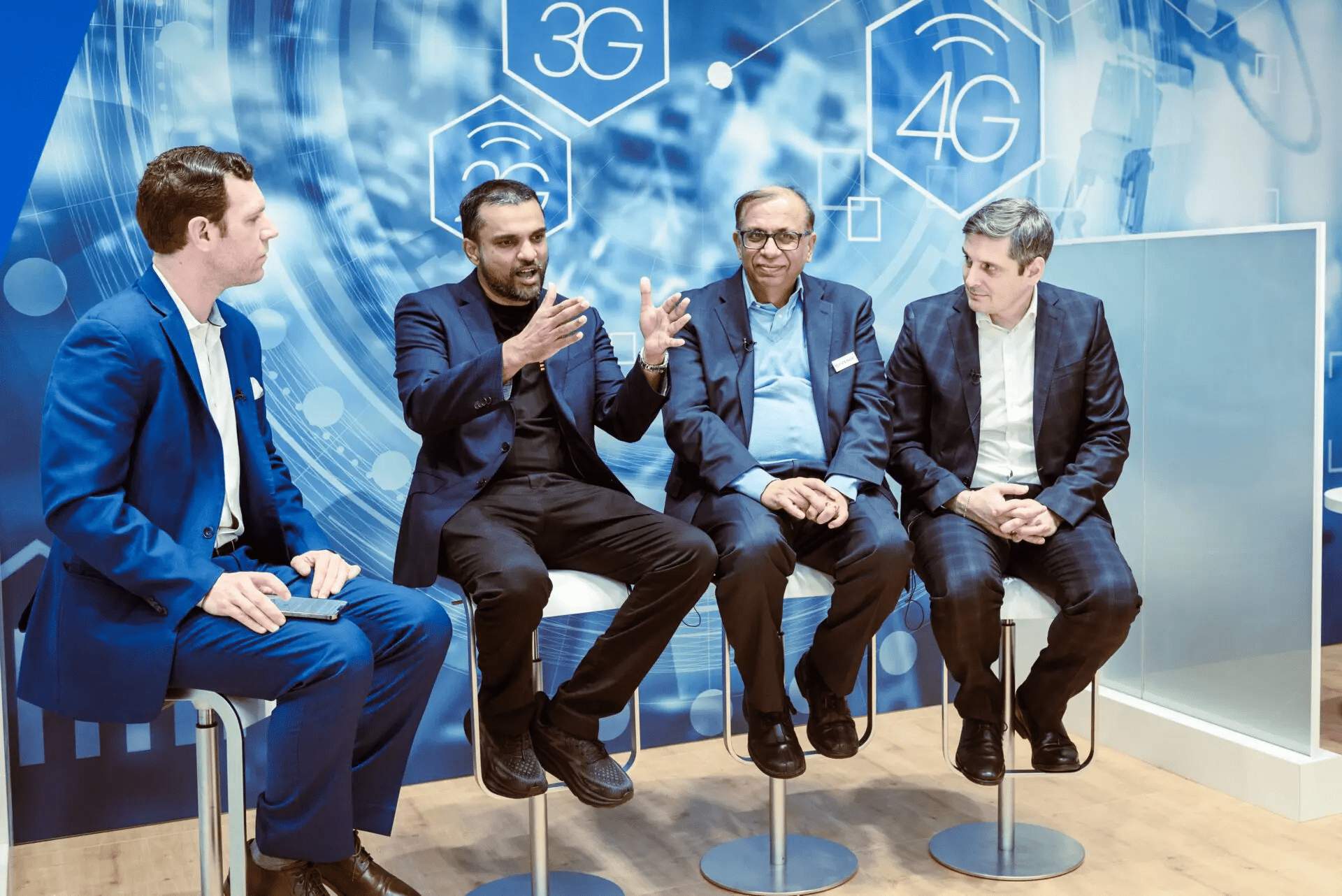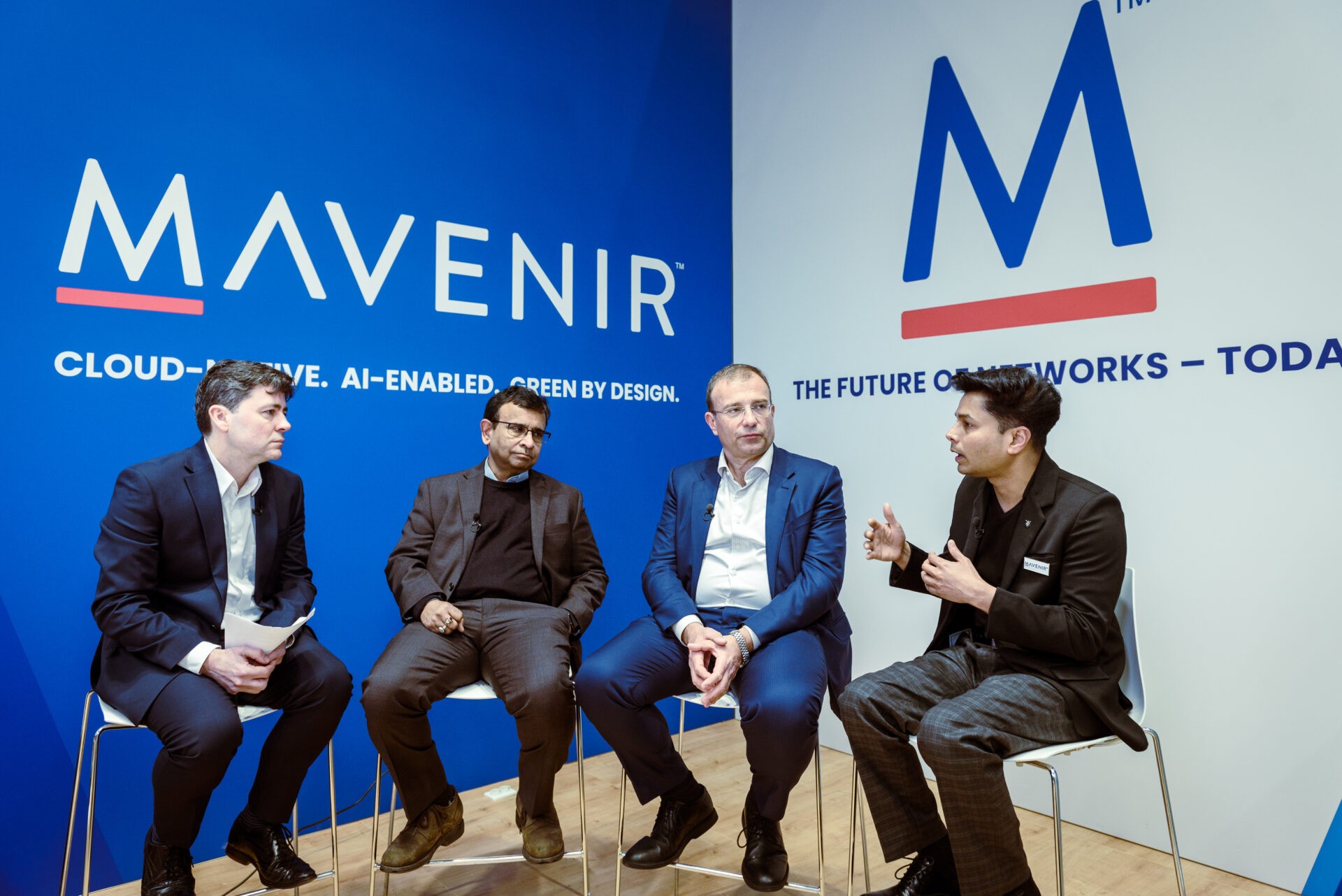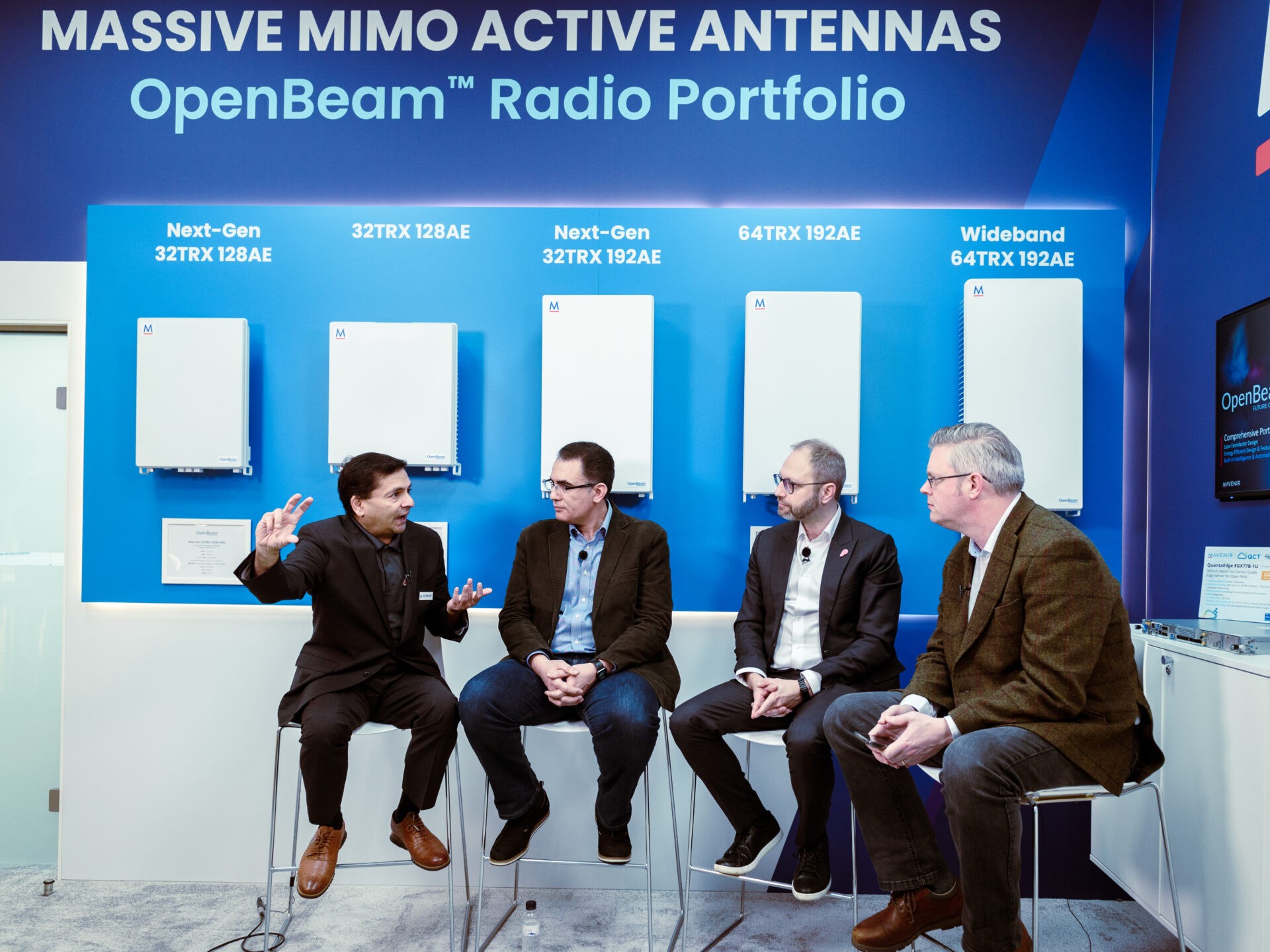PART THREE: KEYS TO A SUCCESSFUL NETWORK FUTURE

THE CHALLENGES TO MOBILE NETWORK ECONOMICS ARE VAST, BUT THE FUTURE IS BRIGHT.
In the third and final part of the India Digital Open Summit series, Pardeep Kohli reveals the keys to a successful network future. Read on for the transcript presented at India Digital Open Summit.
- Part One: How Carriers Lost the Network Battle
- Part Two: How Carriers Can Win the Network Back
- Part Three: Keys to a Successful Network Future
PART THREE: KEYS TO A SUCCESSFUL NETWORK FUTURE
The more people become open, it actually makes the industry more vibrant, because then people innovate, people do new things.
So, I think the whole issue is going to be – even if on the vendor side, people change, the issue is also on the operator side. I think a lot of this stuff is very complex. In the past, you had an operator dealing with boxes. They bought a BTS, an MSC, an eNodeB, an S Gateway, a P Gateway – and done. And now all of these things are split apart into 15 layers. And there’s a name for every little layer you have. Neutron, Proton, Extron, whatever, right? 100 acronyms in 2 minutes. And that’s not easy.
THE 5G NETWORK NEEDS TO BE SIMPLIFIED TO SUCCEED
What we are seeing is that only the big carriers – AT&T can afford it, Verizon can afford it, and Jio can afford it, because they have internal teams who are knowledgeable, with engineers, etc. But this whole thing is really not designed for somebody to easily adopt. And until it comes to a point where people can just adopt it the way they’re used to adopting it. The knowledgebase either goes up, or the requirement for the knowledge goes down. It will be very difficult for this whole ecosystem to really work.
So, I think the three areas where I believe there is potential. First, ONAP. There is an automation layer. So, the whole idea is that as the networks get bigger and bigger and you have a lot more devices and a lot more people using it. The way Google or Facebook or Amazon run their networks, they are actually running their whole data centers with very few people. Versus, today if you look at the carriers, they still need lots of people to manage their networks.
REDUCING COST IS CRITICAL
So, bringing the whole network cost down and running it in a more automatic way, detecting the problems fast enough, self-correcting the problems, healing the network itself. So, there are lots of things we can actually use from Open Source and the ONAP project to make that work. Similarly, we are participating in the xRAN project, separating out the hardware and the software and making the interface open.
Here’s another example, look at these projectors. They are probably more than $2,000. Think of it this way – I don’t need a 3GPP spec to feed data into this projector. You know, people know how to connect their laptop to this projector and it works! But today, to connect hardware that sits on your tower, you need 3GPP spec to connect that thing to a computer which will be running the baseband. Right? And you cannot make it open. You cannot dismantle the two. You can’t buy it from two different vendors. This is ridiculous. In any industry. And this is a big industry. Right, I mean there used to be 7, 12, 15 vendor players, but now there are 3 or 4 players left.
VENDOR PARTICIPATION WITH OPEN INTERFACES
You keep buying from the same people that are doing the same thing. Right? And some are waiting for a different result. So, I think unless operators themselves change, and figure out how to open it, nobody can solve this problem for them because they don’t encourage innovation. Only they can dismantle it. Why not, in RFPs, ask for “Only going to buy from somebody who has open interfaces.” So, this is where I think for operators to adopt the openness, they have to ask for openness. You tell the different vendors you have that “in the past, we did things this way, but now ideally we want it to be done in a different way.”
So, I believe there are opportunities where you can actually broaden because I think the services game is lost. Let’s call it that way. I don’t think it’s easy for Communications Service Providers (CSPs) to innovate in the services space, in the way Facebook does. Now the game is, you’ve got all these devices, you have all these requirements, and you have all these Communications Service Providers (CSPs) who want flexibility. So, they want low latency, high speed, low cost, better predictability, a better quality of service. And you have only this much spectrum, only this much money you can afford to spend, and you cannot discriminate because you have net neutrality, etc. So how do you become intelligent and reduce your cost?
THE ABILITY TO CHANGE QUICKLY
The other thing which I keep talking to operators about is in the past when it was 2G, 3G, you were buying networks for 10 years. Because things stood for 10 years. And things were not changing fast, right? Now, if you look at when was 4G built, so for example, Jio launched it last year here, right? People start using it. In another couple of years, they’ll be talking 5G. So, the pace at which things are moving is actually going very fast. And you cannot hold onto the same old principles.
So, I think this is where I believe that the whole concept of the radio needs to change. The way enterprises in the network are going to use the network, no matter what you will be forced to change because enterprises will want technology like private LTE… W-iFi is obviously solving certain problems, but it doesn’t give you QoS, it doesn’t give you predictability. So, in this building, for example, you can actually have your own private LTE network with better QoS than Wi-Fi can offer. So, these are the kinds of things you can use Open Source to build.
There are a lot of issues in the way the networks are structured today. Basically, all of the traffic comes into the core, everything comes into the EPCs, which are far away. It has very high latency requirements. So as the traffic grows, you may actually have very simple white boxes sitting on the edge where you can just do local breakout. Similar to what cable companies do today, right? You need to start becoming like cable companies, and start thinking that way, that there will be a bunch of devices attached to my network. So basically, there are areas where Open Source can still be used, and things can move fast. But the bigger area is I think unless you change it will be very difficult to adopt and open it up
Be sure to read parts one and three of this series here.


